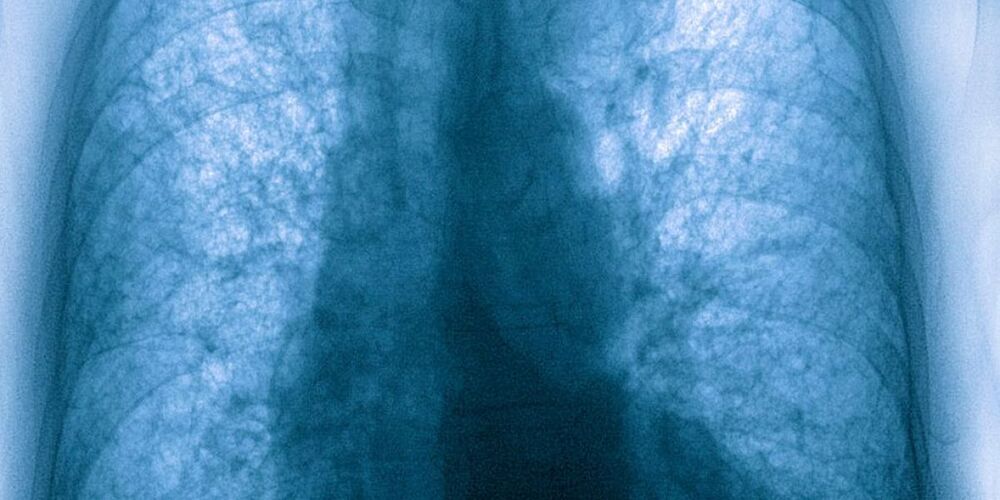You’ve heard of Apple’s famous walled garden, the tightly controlled tech ecosystem that gives the company unique control of features and security. All apps go through a strict Apple approval process, they are confined so sensitive information isn’t gathered on the phone, and developers are locked out of places they’d be able to get into in other systems. The barriers are so high now that it’s probably more accurate to think of it as a castle wall.







